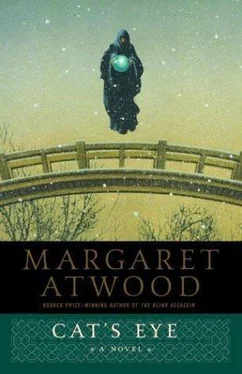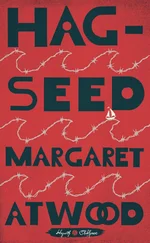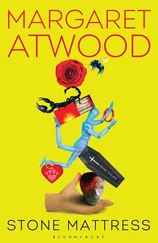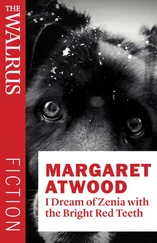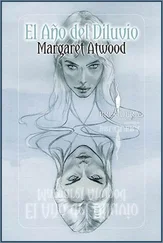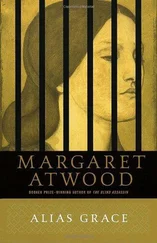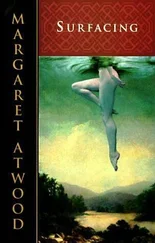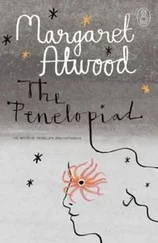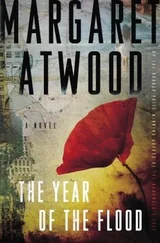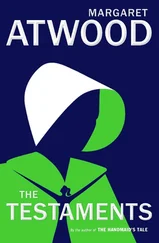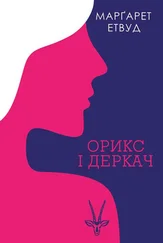Margaret Atwood - Cat's eye
Здесь есть возможность читать онлайн «Margaret Atwood - Cat's eye» весь текст электронной книги совершенно бесплатно (целиком полную версию без сокращений). В некоторых случаях можно слушать аудио, скачать через торрент в формате fb2 и присутствует краткое содержание. Жанр: Старинная литература, на английском языке. Описание произведения, (предисловие) а так же отзывы посетителей доступны на портале библиотеки ЛибКат.
- Название:Cat's eye
- Автор:
- Жанр:
- Год:неизвестен
- ISBN:нет данных
- Рейтинг книги:5 / 5. Голосов: 1
-
Избранное:Добавить в избранное
- Отзывы:
-
Ваша оценка:
- 100
- 1
- 2
- 3
- 4
- 5
Cat's eye: краткое содержание, описание и аннотация
Предлагаем к чтению аннотацию, описание, краткое содержание или предисловие (зависит от того, что написал сам автор книги «Cat's eye»). Если вы не нашли необходимую информацию о книге — напишите в комментариях, мы постараемся отыскать её.
Cat's eye — читать онлайн бесплатно полную книгу (весь текст) целиком
Ниже представлен текст книги, разбитый по страницам. Система сохранения места последней прочитанной страницы, позволяет с удобством читать онлайн бесплатно книгу «Cat's eye», без необходимости каждый раз заново искать на чём Вы остановились. Поставьте закладку, и сможете в любой момент перейти на страницу, на которой закончили чтение.
Интервал:
Закладка:
My father sits in an armchair in the evenings with a board across the arms of the chair and the drawings on the board, going through them with a red pencil. Sometimes he laughs to himself while doing this, or shakes his head, or makes ticking noises through his teeth. “Idiot,” he says, or “blockhead.” I stand behind his chair, watching the drawings, and he points out that this person has put the mouth at the wrong end, that person has made no provision for a heart, yet another one cannot tell a male from a female. This is not how I judge the drawings: I find them better or worse depending on the colors. On Saturdays we get into the car with him and drive down to the place where he works. It is actually the Zoology Building, but we don’t call it that. It is just the building. The building is enormous. Whenever we’re there it’s almost empty, because it’s Saturday; this makes it seem even larger. It’s of dark-brown weathered brick, and gives the impression of having turrets, although it has none. Ivy grows on it, leafless now in winter, covering it with skeletal veining. Inside it there are long hallways with hardwood floors, stained and worn from generations of students in slushy winter boots, but still kept polished. There are staircases, also of wood, which creak when we climb them, and banisters we aren’t supposed to slide down, and iron radiators that make banging noises and are either stone cold or blazing hot.
On the second floor there are corridors leading into other corridors, lined with shelves that contain jars full of dead lizards or pickled ox eyeballs. In one room there are glass cages with snakes in them, snakes bigger than any we’ve ever seen before. One is a tame boa constrictor, and if the man in charge of it is there he gets it out and winds it around his arm, so we can see how it crushes things to death in order to eat them. We’re allowed to stroke it. Its skin is cool and dry. Other cages have rattlesnakes, and the man shows us how he milks the venom out of their fangs. For this he wears a leather glove. The fangs are curved and hollow, the venom dripping from them is yellow.
In the same room is a cement pool filled with thick-looking greenish water in which large turtles sit and blink or clamber ponderously up onto the rocks provided for them, hissing if we get too close. This room is hotter and steamier than the others because the snakes and turtles need it to be; it smells musky. In yet another room is a cage full of gigantic African cockroaches, white-colored and so poisonous that their keeper has to gas them to make them unconscious every time he opens the cage to feed them or get one out.
Down in the cellar there are shelves and shelves of white rats and black mice, special ones that aren’t wild. They eat food pellets from hoppers in their cages and drink from bottles fitted with eyedroppers. They have chewed-newspaper nests full of pink hairless baby mice. They run over and under one another and sleep in heaps, and sniff one another with their quivering noses. The mouse feeder tells us that if you put a strange mouse into one of their cages, one with the wrong, alien scent, they will bite it to death. The cellar smells strongly of mouse droppings, a smell which wafts upward through the whole building, getting fainter as you go up, mingling with the smell of the green Dustbane used to clean the floors, and with the other smells, the floor polish and furniture wax and formaldehyde and snakes. We don’t find any of the things in the building repulsive. The general arrangements, though not the details, are familiar to us, though we’ve never seen so many mice in one place before and are awed by their numbers and stench. We would like to get the turtles out of their pool and play with them, but since they’re snapping turtles and bad-tempered and can take your fingers off, we know enough not to. My brother wants an ox eyeball out of one of the jars: it’s the sort of thing other boys find impressive. Some of the upstairs rooms are labs. The labs have vast ceilings and blackboards across the front. They contain rows and rows of large dark desks, more like tables than desks, with high stools to sit on. Each desk has two lamps with green glass shades, and two microscopes, old microscopes, with heavy thin tubing and brass fittings.
We’ve seen microscopes before, but not at such length; we can spend a lot of time with them before getting tired of them. Sometimes we’re given slides to look at: butterfly wings, cross-sections of worms, planaria stained with pink and purple dyes so you can see the different parts. At other times we put our fingers under the lenses and examine our fingernails, the pale parts curved like hills against their dark pink sky, the skin around them grainy and creased like the edge of a desert. Or we pull hairs out of our heads to look at them, hard and shiny like the bristles that grow out of the chitonous skins of insects, with the hair roots at the end like tiny onion bulbs.
We like scabs. We pick them off—there isn’t room for a whole arm or leg under the microscope—and turn the magnification up as high as it will go. The scabs look like rocks, bumpy, with a sheen like silica; or else like some kind of fungus. If we can get a scab off a finger we put the finger under and watch the place where the blood oozes out, bright red, in a round button, like a berry. Afterward we lick off the blood. We look at earwax, or snot, or dirt from our toes, checking first to see that there’s no one around: we know without asking that such things would not be approved of. Our curiosity is supposed to have limits, though these have never been defined exactly.
This is what we do on Saturday mornings, while our father attends to things in his office and our mother goes grocery shopping. She says it keeps us out of her hair.
The building overlooks University Avenue, which has lawns and some copper-green statues of men on horses. Right across the road is the Ontario Parliament Building, which is also old and dingy. I think it must be another building like the building, filled with long creaky corridors and shelves of pickled lizards and ox eyes.
It’s from the building that we watch our first Santa Claus Parade. We’ve never seen a parade before. You can listen to this parade on the radio, but if you want to actually see it you have to bundle up in your winter clothes and stand on the sidewalk, stomping your feet and rubbing your hands to keep warm. Some people climb up onto the horse statues to get a better view. We don’t have to do this, as we can sit on the window ledge of one of the main labs in the building, separated from the weather by a pane of dusty glass, with blasts of heat from the iron radiator going up our legs. From there we watch as people dressed like snowflakes, like elves, like rabbits, like sugar plum fairies, march past us, strangely truncated because we’re looking down on them. There are bands of bagpipers in kilts, and things like big cakes, with people on them waving, that slide past on wheels. It’s begun to drizzle. Everyone down there looks cold.
Santa Claus is at the end, smaller than expected. His voice and his loudspeaker jingle bells are muted by the dusty glass; he rocks back and forth behind his mechanical reindeer, looking soggy, blowing kisses to the crowd.
I know he isn’t the real Santa Claus, just someone dressed up like him. Still, my idea of Santa Claus has altered, has acquired a new dimension. After this it becomes hard for me to think of him without thinking also of the snakes and the turtles and the pickled eyes, and the lizards floating in their yellow jars, and of the vast, echoing, spicy, ancient and forlorn but also comforting smell of old wood, furniture polish, formaldehyde and distant mice.
Three – Empire Bloomers
Chapter 8
Читать дальшеИнтервал:
Закладка:
Похожие книги на «Cat's eye»
Представляем Вашему вниманию похожие книги на «Cat's eye» списком для выбора. Мы отобрали схожую по названию и смыслу литературу в надежде предоставить читателям больше вариантов отыскать новые, интересные, ещё непрочитанные произведения.
Обсуждение, отзывы о книге «Cat's eye» и просто собственные мнения читателей. Оставьте ваши комментарии, напишите, что Вы думаете о произведении, его смысле или главных героях. Укажите что конкретно понравилось, а что нет, и почему Вы так считаете.
